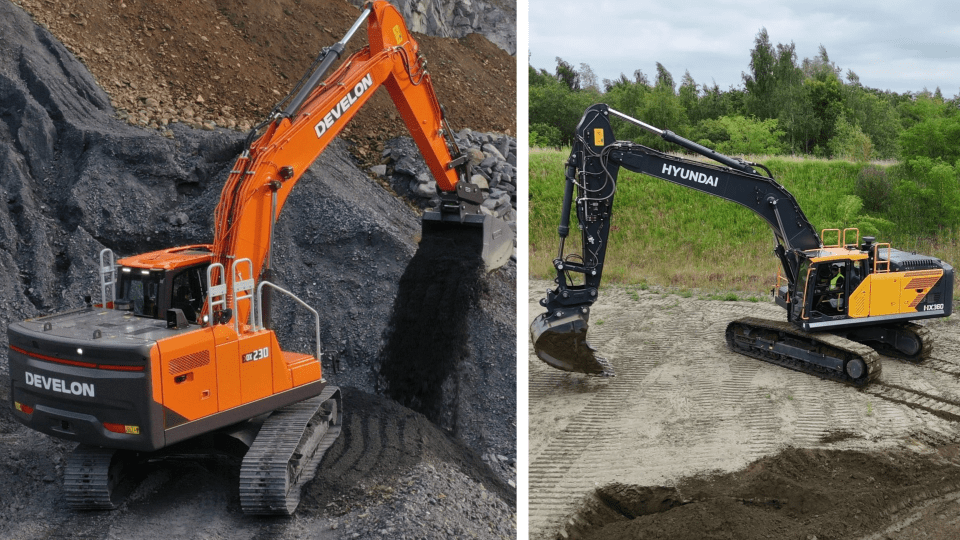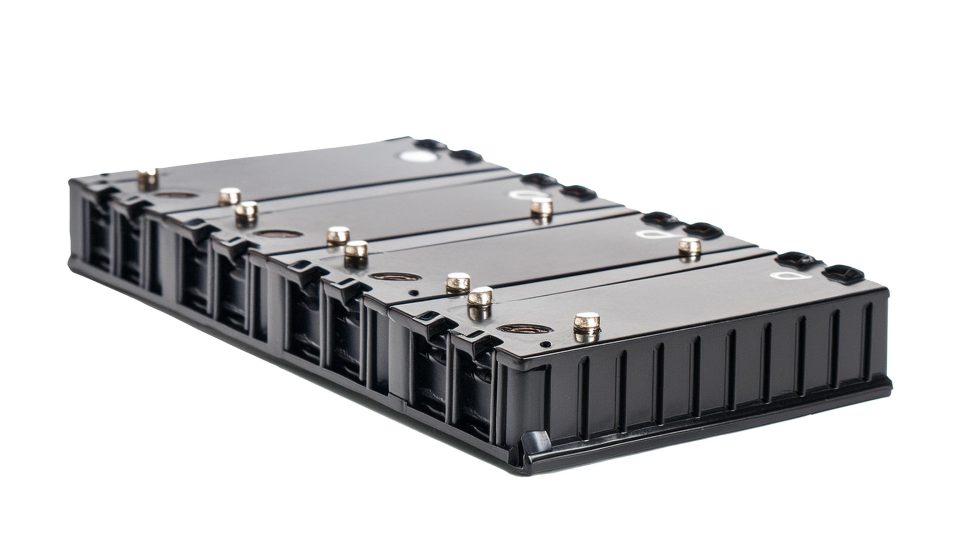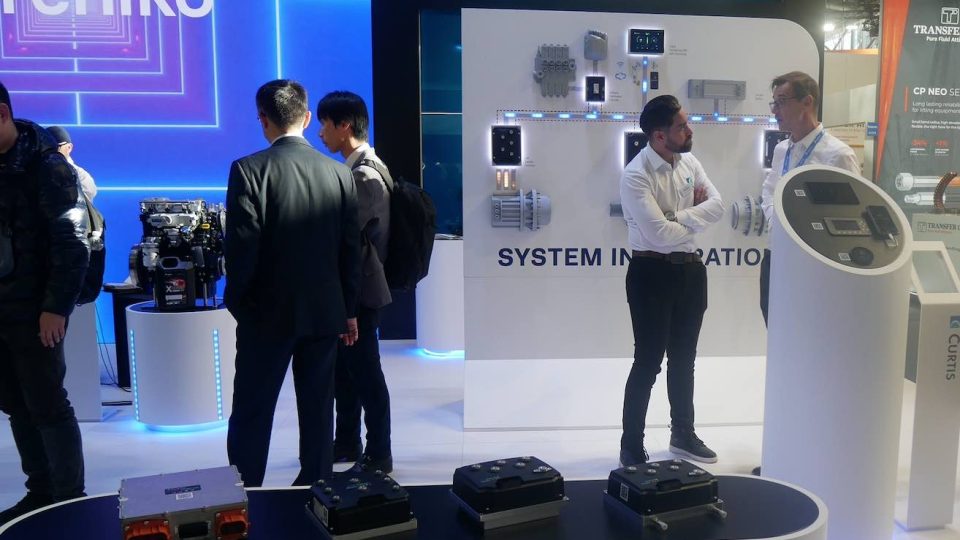Cummins and the Performance Series
Cummins decided to rename its Stage V engines the “Performance Series”, given the very low emission levels that they were able to achieve. An offer that is available from 3.8 to 15 litre displacement and from 75 to 503 kW. A range that wants to give an answer to the different requirements of construction, agriculture […]
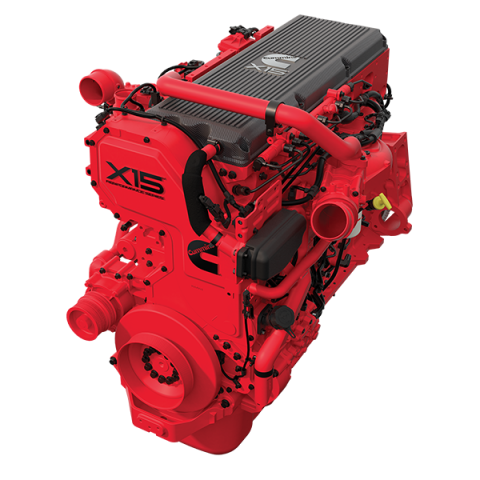
Cummins decided to rename its Stage V engines the “Performance Series”, given the very low emission levels that they were able to achieve. An offer that is available from 3.8 to 15 litre displacement and from 75 to 503 kW. A range that wants to give an answer to the different requirements of construction, agriculture and material handing applications with the right levels of power and torque.
Alexei Ustinov, Vice President Cummins Off-Highway Engine Business, said: «Cummins’ solution has achieved the near-zero emissions levels as demanded by Stage V. All our Stage V engines are in production, some of them ahead of the legislated date of January 2020. It is unclear what the plans are for off-highway emission regulations beyond this, so we have decided to rename these products to highlight what they bring to the market. They are delivering more with less for our customers. More performance with lower installation costs for OEMs and lower running costs for operators. So, they will be called Performance Series moving forward».
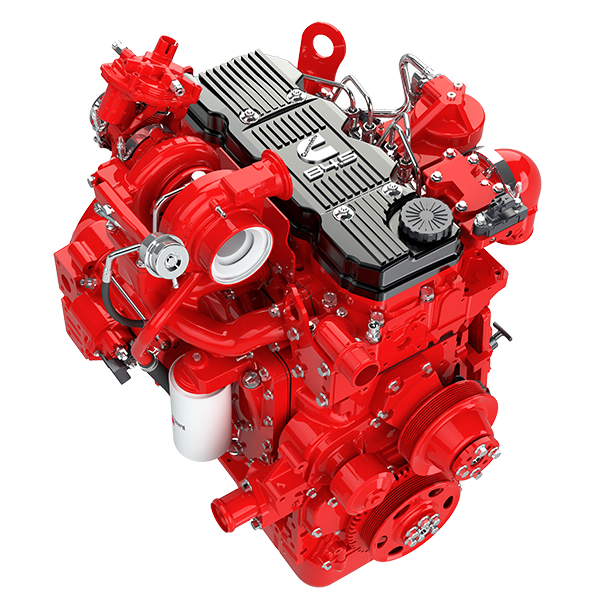
A look at the performance of the Performance Series
The 4-cylinder F3.8 and B4.5 Performance Series engines achieved an increases in power and torque, to improve machine capability. Alternatively, there is also a potential to downsize the engine to one of lower displacement, reducing costs while preserving the productivity of the machines.
The 3.8-litre moves up from 97 kW to 129 kW with the new architecture, 33 percent higher. The 4.5-litre engine jumps 16 percent from 129 kW to 149 kW. Peak torque of the F3.8 increased by more than 31 percent, to 620 Nm, and an 11 percent increase moved the B4.5 up to 780 Nm.
CUMMINS AND THE “CLEAN DIESEL”
The F3.8 also features in Cummins HPP (Hybrid Power Plug-in) concept. Moving forward, Cummins will also offer full electric and diesel-electric solutions. The HPP offers a balance of battery power with a compact engine-generator. It works in the same manner as a full electric driveline but has both an F3.8 Performance Series powered generator and plug-in options for charging. It gives much more flexibility where charging infrastructure is more challenging.
Moving up the range, the 6-cylinder B6.7 Performance Series engine surges ahead with up to 240 kW and a peak torque of 1375 Nm, a 30 percent increase over its predecessor. The L9 9-litre Performance Series engine increases power from 298 kW up to 321 kW, with a 13 percent increase in peak torque to 1846 Nm.
At the top of the range the X12 and X15 engines deliver heavy duty power from 250 to 503 kW for larger industrial equipment.
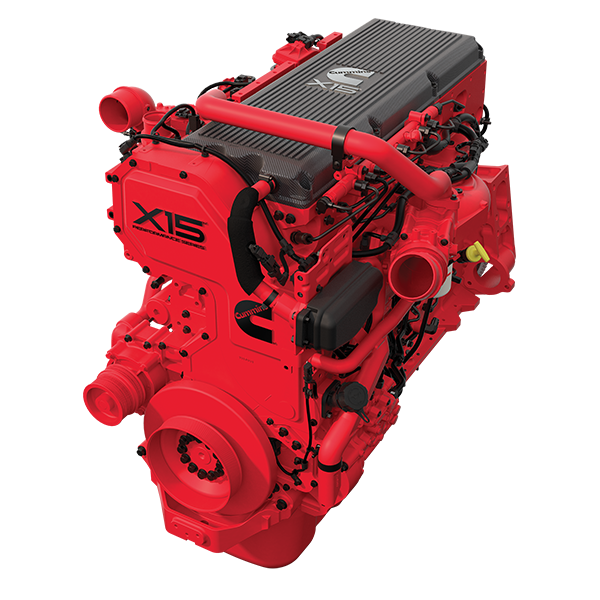
Stage V Single Module for the aftertreatment
The integration of Cummins Stage V Single Module aftertreatment system with its improved combustion and air handling technology allows EGR to be removed from the F3.8, B4.5, B6.7 and L9 engines. The Single Module combines DPF, SCR and urea-dosing technologies in one unit, providing up to 40 percent reduction in envelope size and 20 percent reduction in weight compared to earlier products.
The same Cummins engine platform can be applicable for sales to multiple emissions standards, from Stage V and Tier 4 Final, all the way down to unregulated levels. Each machine can have the same electronic integration and mechanical hookups, with or without exhaust aftertreatment. This allows for installation commonality and manufacturing flexibility to OEMs.
«All Performance Series engines are available as Power Units which are more than 70 percent pre-approved for installation including the engine, exhaust aftertreatment, cooling system, hoses, air cleaner and mounting,» added Ustinov.







